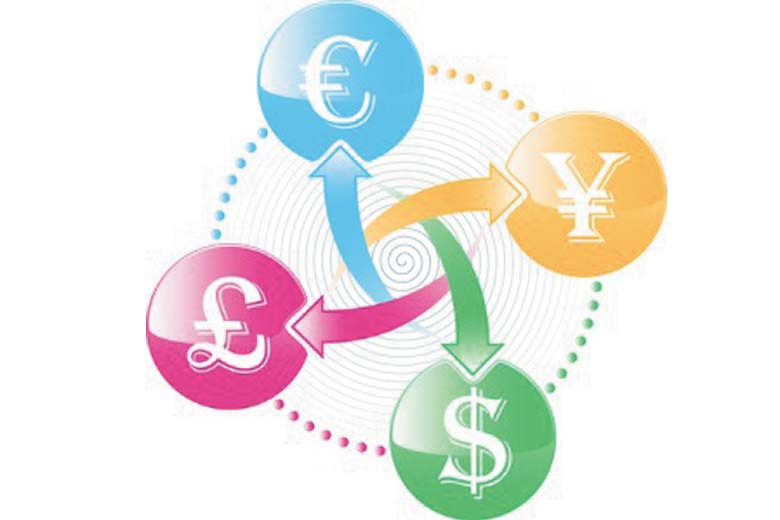Why exchange rates change so quickly
Published on 2016-03-07 | 7214 Views
It's simply supply and demand.
First, demand:
If you're an importer trying to buy from overseas, you'll need foreign currency, maybe Euros. Or if you want to make a trip to Europe you'll need to buy Euros. Or if you're a speculator and think the USD will fall in value, you'll probably buy Euros.
Unless there's someone willing to sell you Euros for dollars, you can't get any. There are millions of people trying to exchange currency all over the world. If more want to buy USD, than that demand will positively influence the price of the USD (as measured in Euros). If more people want to buy Euros, well, vice versa.
There are so many of these transactions globally, and the number of people and the nature of these transactions change so continuously, that the prices (exchange rates) for these currencies fluctuate continuously and smoothly.
Demand is also impacted by what people want to buy and how much they want to buy it. If people generally want to invest their savings in stocks instead of dollars, i.e., if lots of people are attempting to buy stocks (by exchanging their dollars for stock), then the demand for the dollar is lower and the demand for stocks is higher. When the stock market crashes, you'll often see a spike in the exchange rate for the dollar, because people are trying to exchange stocks for dollars (this represents a lot of demand for dollars).
Then there's "Supply:"
It may seem like there are a fixed number of bills out there, or that supply only changes when Bernanke prints money, but there's actually a lot more to it than that. If you're coming from Europe and want to buy some USD from the bank, well, how much USD does the bank "have" and what does it mean for them to have money? The bank gets money from depositors, or from lenders. If one person puts money in a deposit account, and then the bank borrows that money from the account and lends it to a home buyer in the form of a mortgage, the same dollar is being used by two people. The home buyer might use that money to hire a carpenter, and the carpenter might put the dollar back into a bank account, and the same dollar might get lent out again. In economics this is called the "multiplier effect."
The full supply of money being used ends up becoming harder to calculate with this kind of debt and re-lending.
Since money is something used and needed for conducting of transactions, the number of transactions being conducted (sometimes on credit) affects the "supply" of money.
Demand and supply blur a bit when you consider people who hoard cash. If I fear the stock market, I might keep all my money in dollars. This takes cash away from companies who could invest it, takes the cash out of the pool of money being used for transactions, and leaves it waiting under my mattress. You could think of my hoarding as a type of demand for currency, or you could think of it as a reduction in the supply of currency available to conduct transactions.
The full picture can be a bit more complicated, if you look at every way currencies are used globally, with swaps and various exchange contracts and futures, but this gives the basic story of where prices come from, that they are not set by some price fixer but are driven by market forces.
The bank just facilitates transactions. If the last price (exchange rate) is 1.2 Dollars per Euro, and the bank gets more requests to buy USD for Euros than Euros for USD, it adjusts the rate downwards until the buying pressure is even. If the USD gets more expensive, at some point fewer people will want to buy it (or want to buy products from the US that cost USD). The bank maintains a spread (like buy for 1.19 and sell for 1.21) so it can take a profit.
You should think of currency like any other commodity, and consider purchases for currency as a form of barter. The value of currency is merely a convention, but it works. The currency is needed in transactions, so it maintains value in this global market of bartering goods/services and other currencies. As supply and demand for this and other commodities/goods/services fluctuate, so does the quantity of any particular currency necessary to conduct any of these transactions.
A official "basket of goods" and the price of those goods is used to determine consumer price indexes / inflation etc. The official price of this particular basket of goods is not a fundamental driver of exchange rates on a day to day basis.
Back to Remittance Guide
